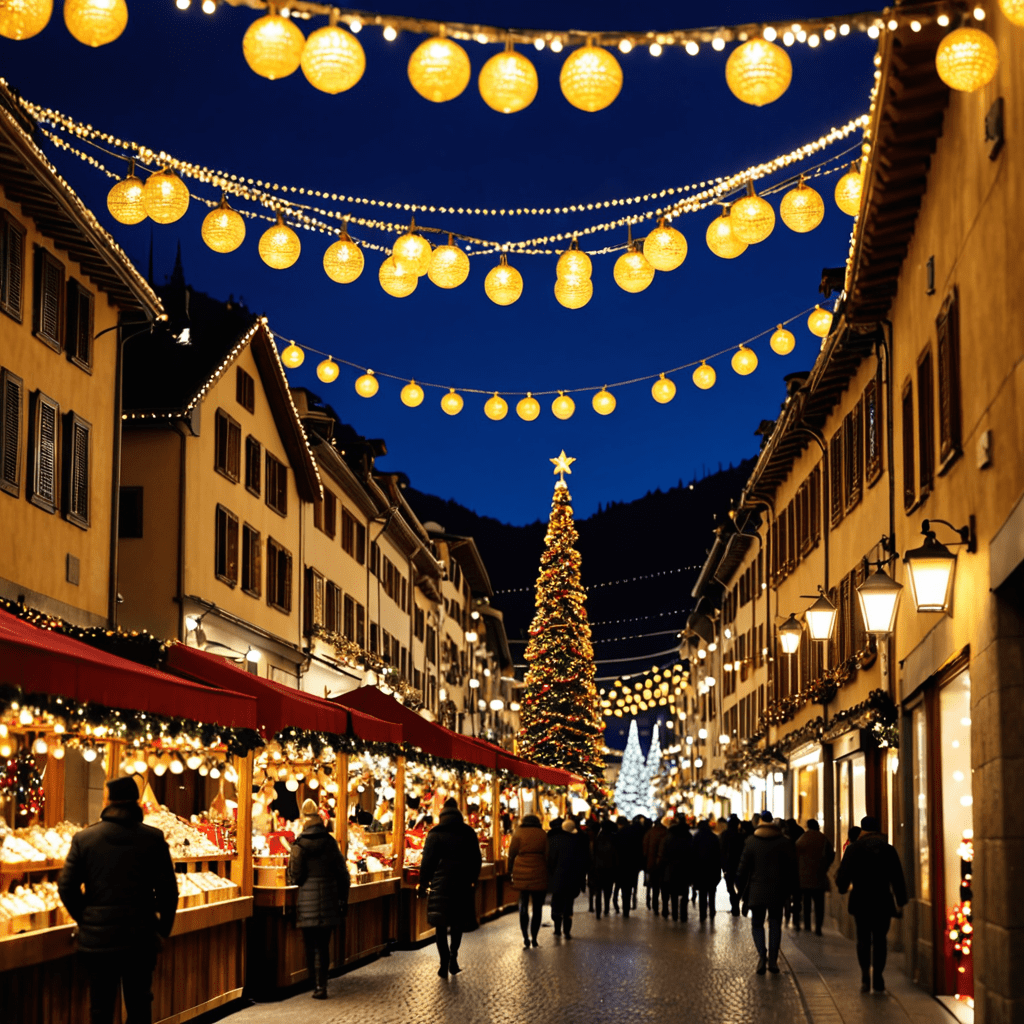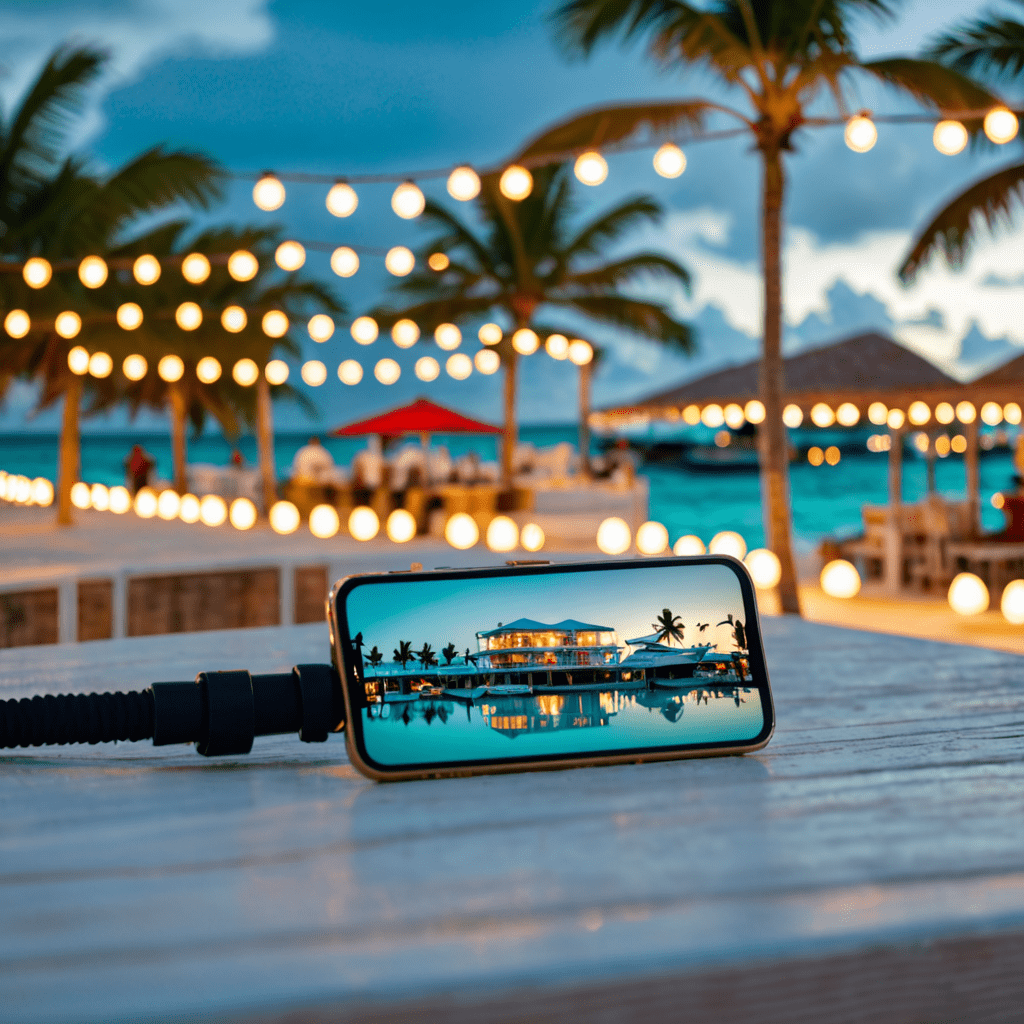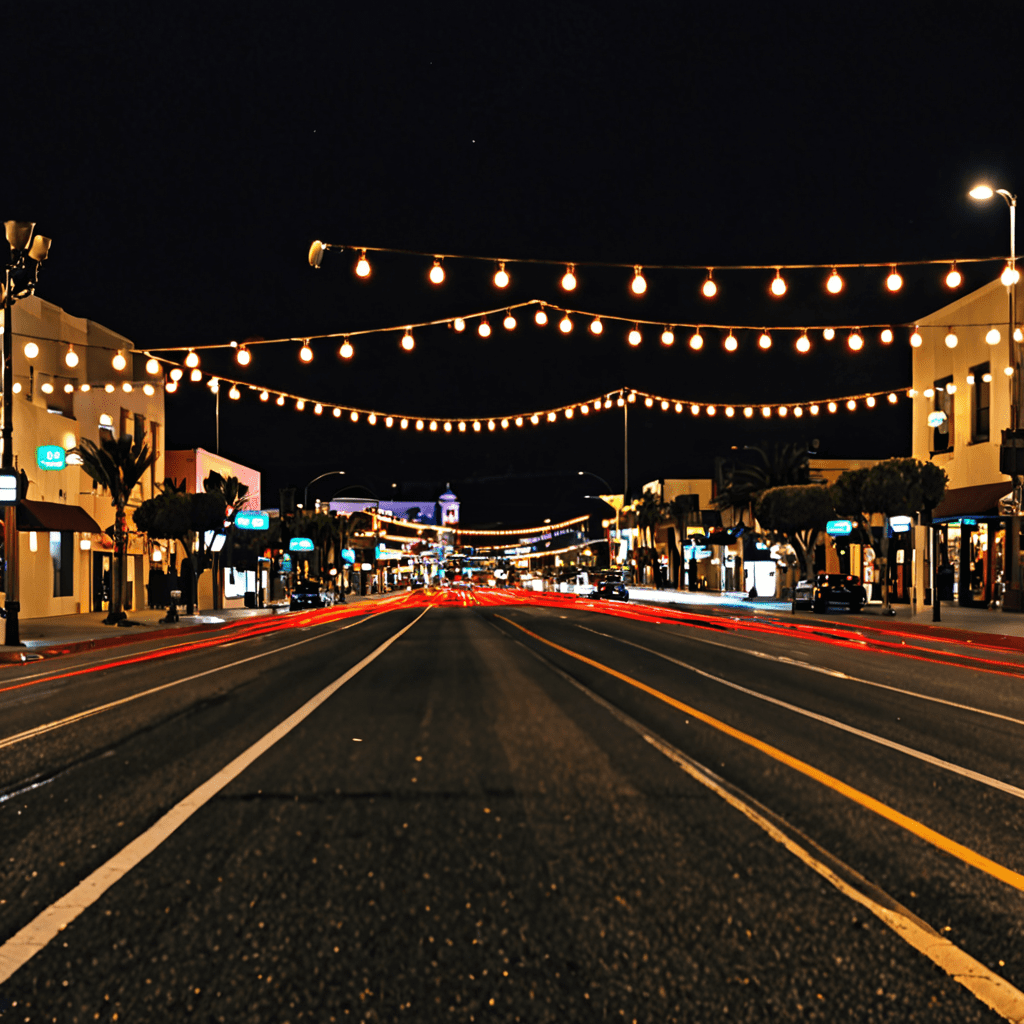Exploring the Historic Center of Sankt Pölten, Austria
1. History and Significance
Nestled in the picturesque Traisen Valley, Sankt Pölten has a rich history spanning centuries. The city's origins can be traced back to the Celtic settlement of Aelium Cetium, which later became a Roman municipality. In the Middle Ages, Sankt Pölten flourished as a trading hub and a pilgrimage destination. In 1159, it became the seat of the Diocese of Passau and gained significant political and economic influence. Over the centuries, the city has witnessed the rise and fall of empires, leaving behind a captivating tapestry of architectural and cultural heritage.
2. Walking Tour: The Rathausplatz
The heart of Sankt Pölten's historic center is the Rathausplatz, a vibrant city square surrounded by magnificent Baroque buildings. Presiding over the square is the Rathaus (City Hall), an imposing edifice built in the 17th century. Its elegant facade is adorned with intricate stucco work and a grand clock tower that chimes out the hours. On one side of the square stands the Niederösterreichische Landhaus (Lower Austrian Provincial Parliament Building), a neo-Gothic masterpiece with stunning stained-glass windows. The Historisches Museum der Stadt St. Pölten (City Museum), housed in a former monastery, is a must-visit for anyone interested in the city's fascinating history.
3. St. Polten Cathedral: Architectural Marvel
Overlooking the Rathausplatz, the St. Polten Cathedral (Domkirche St. Pölten) is an architectural masterpiece that dominates the city skyline. Originally built in the 12th century, the cathedral has undergone several renovations and expansions over the centuries. Its striking Baroque facade, adorned with sculptures and intricate carvings, is a testament to the city's artistic heritage. The interior of the cathedral is equally impressive, boasting towering vaulted ceilings, vibrant frescoes, and a magnificent high altar.
4. The City Museum: Uncovering Sankt Pölten’s Past
Located in the heart of the Rathausplatz, the Historisches Museum der Stadt St. Pölten (City Museum) provides an in-depth exploration of the city's rich history. The museum's extensive collection includes artifacts, documents, and interactive exhibits that tell the story of Sankt Pölten from its humble beginnings to its modern-day vibrancy. Visitors can trace the city's development through various periods, including the Roman era, the Middle Ages, and the Habsburg Empire.
5. The Lower Austrian Regional Museum: A Journey Through History
Housed in a former Jesuit college, the Niederösterreichische Landesmuseum (Lower Austrian Regional Museum) is the largest cultural history museum in Lower Austria. The museum's vast collection spans a wide range of topics, including archeology, geology, art, and cultural history. Visitors can embark on a journey through time, exploring the region's prehistoric past, medieval settlements, and the rise of the Habsburg dynasty. The museum's diverse collection includes ancient artifacts, medieval manuscripts, and a fascinating display of traditional costumes and crafts.
6. Landhausplatz: Administrative Hub and Cultural Center
Adjacent to the Rathausplatz lies the Landhausplatz, a spacious square that serves as the administrative and cultural hub of Sankt Pölten. The centerpiece of the square is the Landhaus, an imposing Renaissance-style building that houses the offices of the Lower Austrian state government. Its opulent facade is adorned with elaborate sculptures and a grand portal, reflecting the wealth and power of the Habsburg dynasty. The Landhausplatz is also home to the Festspielhaus St. Pölten, a renowned concert hall that hosts a variety of performances throughout the year.
7. The Baroque Parish Church of St. Michael
A short walk from the Landhausplatz is the Baroque Parish Church of St. Michael, a splendid example of Austrian Baroque architecture. Built in the 18th century, the church boasts a magnificent facade with intricate carvings, statues, and a towering spire. The interior is equally impressive, featuring a spacious nave with vaulted ceilings, opulent chandeliers, and stunning frescoes. The high altar, a masterpiece of Baroque craftsmanship, is adorned with life-sized sculptures and a radiant painting of St. Michael the Archangel.
8. The Schlosspark: Tranquil Greenspace in the Heart of the City
Nestled along the banks of the Traisen River, the Schlosspark is a tranquil greenspace that offers a respite from the bustling city center. The park was originally part of the grounds of the Sankt Pölten Castle, which was demolished in the 19th century. Today, the Schlosspark is a popular spot for relaxation, with lush gardens, winding paths, and towering trees. Visitors can enjoy a leisurely stroll, have a picnic, or simply soak up the natural beauty of the surroundings.
9. The Regierungsviertel: Modern Architecture in Historic Surroundings
In contrast to the historic charm of the old town, the Regierungsviertel (Government District) is a modern architectural complex that houses the offices of the Austrian federal government. Located on the outskirts of the city center, the Regierungsviertel features a cluster of sleek and contemporary buildings designed by renowned architects. The centerpiece of the complex is the Bundeskanzleramt (Federal Chancellery), a striking glass and steel structure that serves as the official residence of the Austrian Chancellor.
10. Local Delicacies and Hidden Gems
Sankt Pölten offers a delectable culinary experience, with a range of traditional Austrian dishes and local specialties. Visitors should not miss the chance to savor the famous Wachauer Marillenknödel (apricot dumplings), a regional delicacy made with fresh apricots and a sweet breadcrumb coating. Other local favorites include Mostviertler Schnitzel (breaded pork cutlet from the Mostviertel region) and Waldviertler Mohnzelten (poppy seed pastries). For those seeking hidden gems, a visit to the Bauernmarkt (farmers' market) is a must, offering fresh produce, local cheeses, and artisanal crafts.
Frequently Asked Questions
Q: What is the best time to visit Sankt Pölten?
A: Sankt Pölten is a year-round destination, but spring and autumn offer particularly pleasant weather for exploring the city's historic center.
Q: Are there any guided tours available?
A: Yes, there are guided tours of the historic center offered by the tourist information office. Tours are available in English and German.
Q: Is it easy to get around Sankt Pölten?
A: Sankt Pölten is a compact city that can be easily explored on foot or by bike. Public transportation is also efficient and affordable.
Q: What are the top things to see in Sankt Pölten?
A: Must-see attractions include the Rathausplatz, St. Polten Cathedral, the City Museum, the Lower Austrian Regional Museum, and the Regierungsviertel.
Q: Where can I find traditional Austrian food in Sankt Pölten?
A: Traditional Austrian dishes can be found at local restaurants throughout the city. Some popular choices include Gasthaus Stadtkrug, Gasthaus Prankl, and Heuriger Schmirl.


